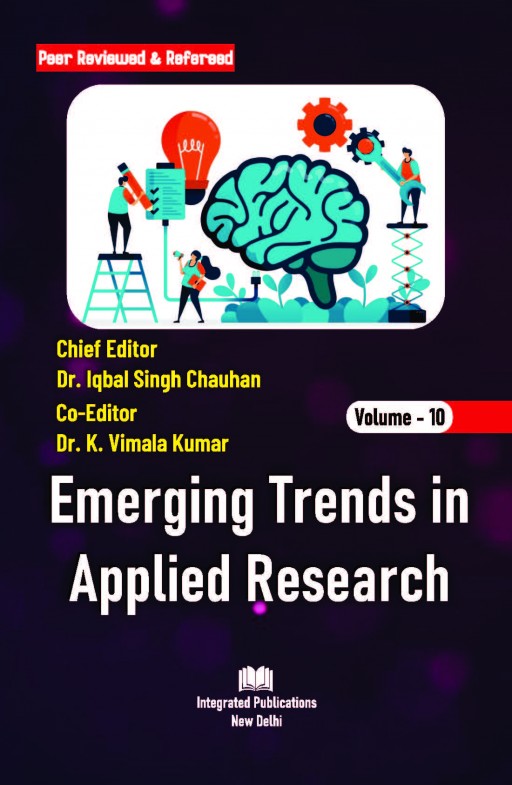Prevalence and Antibiotic Susceptibility Profile of Acinetobacter Species Isolated from Urinary Tract Infection at Tertiary Care Hospital, Gujarat


Introduction: Recently Acinetobacter has emerged as an important nosocomial pathogen and various studies demonstrated it as a primary pathogen involved in outbreaks of hospital acquired infections. This ubiquitous organism has ability to survive in the hospital environment due to its capacity to colonize human and environmental surfaces of the hospital. Indiscriminate use of antimicrobials as a part of empiric or definitive treatment leads to emergence of multidrug resistance which is constant threat to healthcare setting. This signifies the need of continuous surveillance of antimicrobial susceptibility profile of Acinetobacter in various geographical areas to decide appropriate empiric antibiotics which strengthens the antimicrobial stewardship programme. Even now a days trend of increasing prevalence of Acinetobacter is observed in community acquired infection. Aims & Objectives: This study was aimed to determine prevalence of Acinetobacter species & to know antimicrobial susceptibility profile of Acinetobacter species from patients having Urinary Tract Infection. This study was carried out to avoid the injudicious use of antibiotics and outcome of this study would be useful to establish policy on effective empiric antimicrobial treatment in this geographical area. Materials and Methods: In this observational retrospective study, data was collected at the Department of Microbiology B.J Medical College, Ahmedabad from January-2017 to August-2018 using Laboratory Information System (LIS) and considering only urine samples collected at Microbiology laboratory, from various areas of hospital including wards, Intensive care unit and Outpatient department. Identification of organism was done by conventional culture and antimicrobial susceptibility using manual biochemical test performed form growth obtained on culture medias & Antimicrobial drug sensitivity by employing Kirby-Bauer disk diffusion techniques on Muller Hinton Agar according to recent CLSI guidelines. Colistin screening agar was used to screen colistin. Final data analysis was done using Microsoft Excel data sheet. Results: Out of 19,247 urinary samples received at Microbiology laboratory, only 317 Acinetobacter species were isolated from urine samples. The highest number of isolates 111 from Surgery department and least from Gynaecology ward 17. Colistin susceptibility was 97.74% followed by Imipenem and Meropenem susceptibility profile, 65.62% and 64.98% respectively. Least sensitive were Ampicillin-Sulbactam, Cefepime and Ceftazidime with percentage of 32.18%, 37.54% and 36.28% respectively. Conclusion: Non-fermenter Gram negative bacilli emerge in recent years as an important health care associated pathogen and to prevent the spread of the bacteria having resistant profile, it is critically important to implement antibiotic policies, surveillance programmes for multidrug resistant organisms and infection control practices very judiciously.